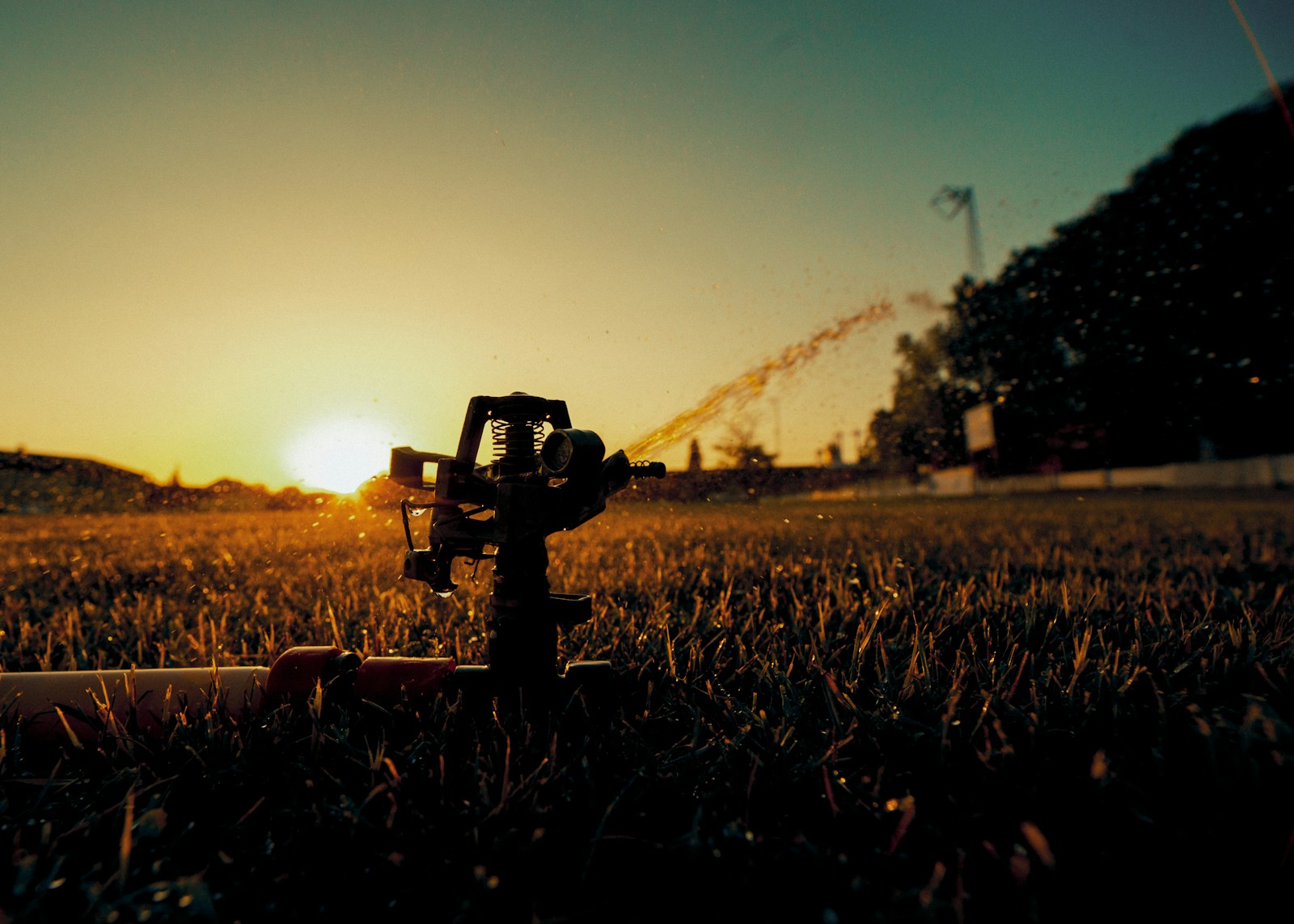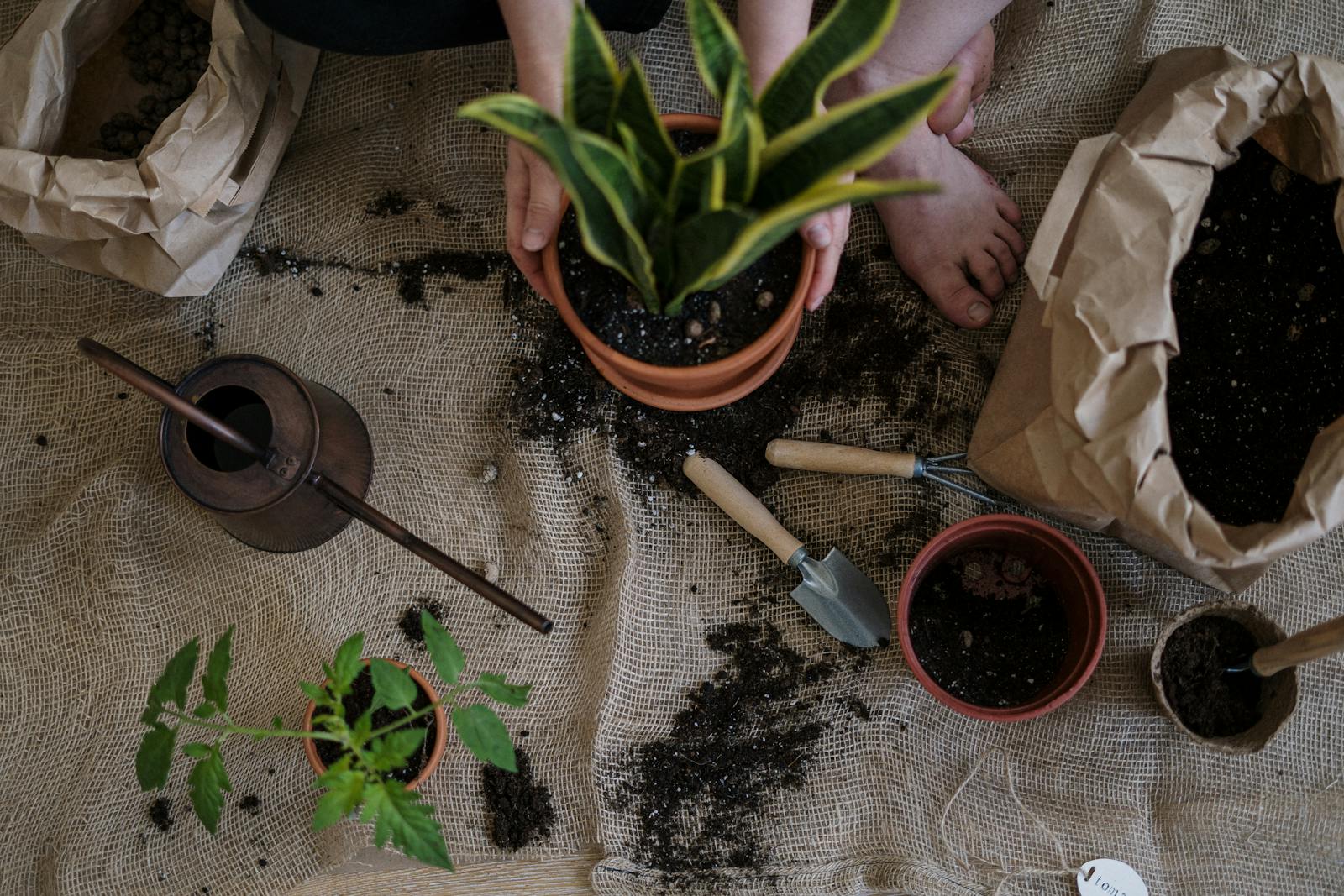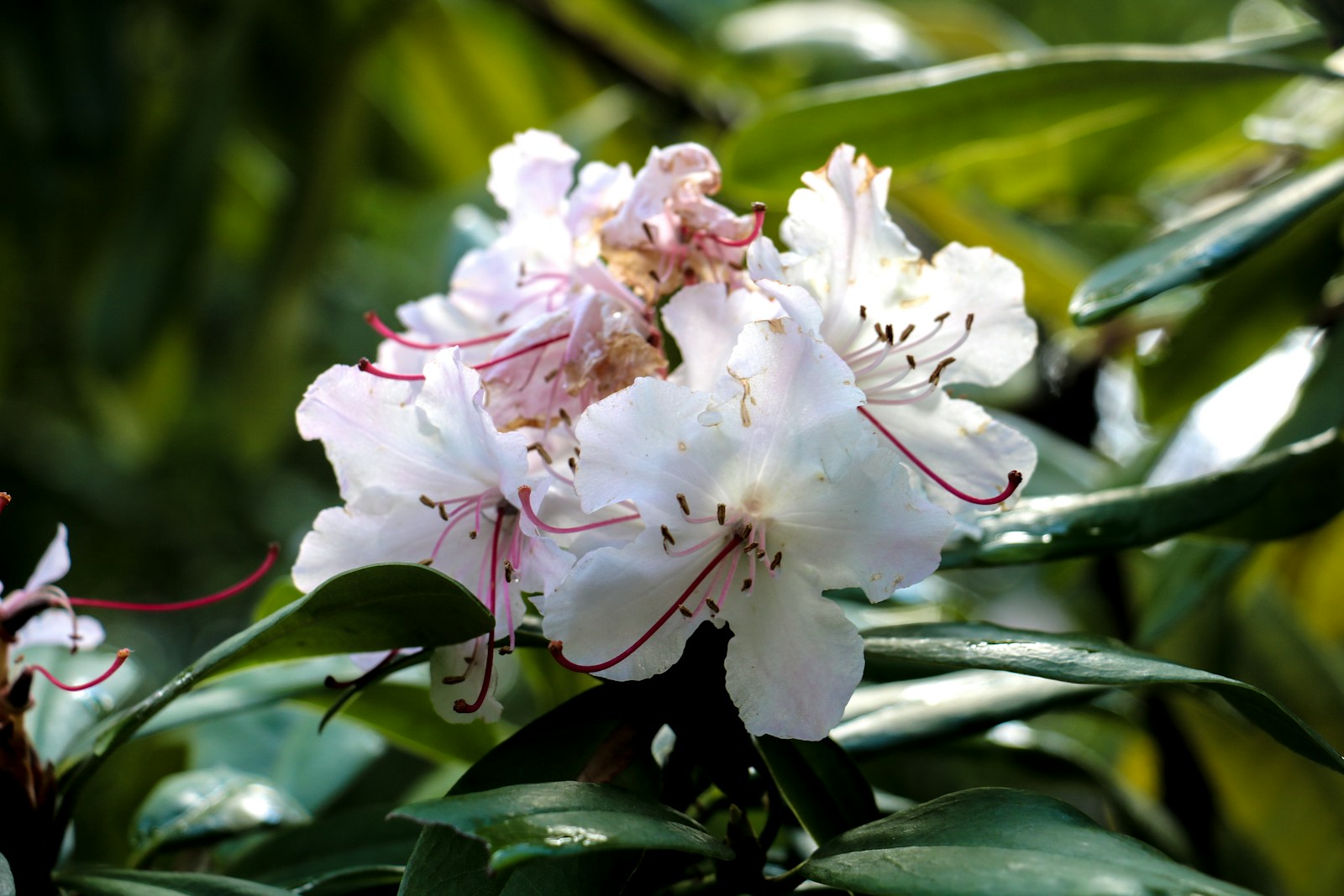Rainwater Harvesting and Smart Irrigation Systems
Why Sustainable Water Use Matters
Conserving water is a crucial part of responsible gardening. As climate patterns shift and water costs rise, more gardeners are turning to rainwater harvesting and irrigation systems to reduce waste and support healthy plant growth. These methods offer environmentally friendly solutions that save resources without sacrificing beauty or productivity.
By capturing and reusing water, you lessen dependence on municipal supplies and contribute to long-term garden resilience. Smart systems also help regulate use, delivering moisture exactly where and when it’s needed. Together, they make your landscape more sustainable and cost-effective.
Understanding Rainwater Harvesting
Rainwater harvesting involves collecting and storing rain from rooftops or other surfaces for later use in the garden. This water is free from chlorine and other chemicals, making it ideal for plants. A simple system includes gutters, downspouts, a debris filter, and a storage barrel or tank.
More advanced setups incorporate first-flush diverters, pumps, and filtration for irrigation or even indoor reuse. Whether you’re using a single rain barrel or a large cistern system, rainwater harvesting provides a renewable resource that reduces runoff and eases demand on water infrastructure.
Types of Irrigation Systems
There are several types of irrigation systems, each with specific benefits. Drip irrigation delivers water directly to plant roots, minimizing evaporation and runoff. Soaker hoses provide similar low-flow watering, ideal for garden beds and borders. Sprinkler systems cover larger areas efficiently but can lose water to wind and evaporation.
Smart irrigation controllers use weather data and soil sensors to adjust watering schedules automatically. These systems optimize usage by reducing overwatering and adjusting for rainfall. Choosing the right setup depends on your garden size, plant types, and water conservation goals.
Combining Rainwater Harvesting and Irrigation
Integrating rainwater harvesting with irrigation systems creates a closed-loop solution for sustainable gardening. Stored rainwater can be pumped through drip lines or soaker hoses, allowing for efficient, targeted watering without tapping into the municipal supply.
This synergy reduces water bills, limits runoff, and supports plant health. Installing a pump and filtration system ensures consistent pressure and prevents clogging. With a well-planned combination of rainwater harvesting and irrigation systems, you create a resilient garden that thrives year-round.
Planning Your Rainwater Harvesting Setup
Start by estimating your roof’s catchment area and average rainfall to calculate potential water collection. Choose a tank or barrel size that fits your needs and space. Position the collection container near a downspout and ensure it’s elevated or equipped with a pump for gravity-fed flow.
Install screens or filters to keep out debris and mosquitoes. Include an overflow outlet to direct excess water safely away. With smart planning and routine maintenance, your rainwater harvesting system becomes a reliable source of garden irrigation through every season.
Smart Irrigation Controllers and Sensors
Smart irrigation systems bring precision and convenience to garden watering. These systems use weather forecasts, moisture sensors, and plant-specific data to deliver just the right amount of water. Some even adjust in real-time based on rainfall or temperature changes.
Wi-Fi-enabled controllers can be programmed through smartphone apps, letting you monitor and manage irrigation remotely. Soil sensors provide feedback to avoid over- or under-watering. By integrating these tools with rainwater harvesting and irrigation systems, you create an automated, eco-friendly solution tailored to your garden’s specific needs.
Choosing the Right Irrigation System for Your Garden
Selecting the best irrigation method depends on your garden’s layout, plant types, and water availability. Drip systems are ideal for vegetable gardens and flower beds due to their targeted approach. Soaker hoses work well for borders and dense plantings, providing slow, deep watering.
Sprinklers cover large lawns or open areas but require careful placement to avoid runoff. For container gardens, micro-drip systems can irrigate individual pots efficiently. When paired with rainwater harvesting, each system conserves water while ensuring your plants receive consistent care.
Installation Tips for Efficiency and Ease
Proper installation ensures your rainwater harvesting and irrigation systems function efficiently. Start by mapping your garden zones and plant needs. Use a level base for rain barrels and install backflow preventers on irrigation lines to protect water supplies.
Keep tubing and hoses flush with the soil to minimize evaporation. Label lines and connectors for easy troubleshooting. Test your system regularly and adjust flow as needed. With smart planning and basic tools, even DIY installations can provide long-term savings and environmental benefits.
Maintenance Practices for Long-Term Success
Regular maintenance keeps rainwater harvesting and irrigation systems running smoothly. Clean gutters and filters frequently to prevent clogs. Check storage tanks for leaks or algae buildup and keep them covered to avoid debris and mosquito breeding.
Flush irrigation lines periodically and inspect for cracks or drips. Replace worn emitters and ensure controllers are updated. Seasonal checks before summer and winter prepare your system for peak performance and freeze protection. A well-maintained system improves reliability and extends its lifespan.
Cost Savings and Environmental Benefits
Rainwater harvesting and irrigation systems offer both economic and ecological advantages. By reusing natural rainfall, you lower your utility bills and reduce strain on municipal water resources. Efficient irrigation reduces waste, leading to better soil health and less runoff.
Many regions offer rebates or incentives for installing sustainable water systems, further reducing initial costs. Over time, these systems pay for themselves in resource savings and healthier, more productive gardens. Their impact extends beyond the backyard, promoting water conservation on a community scale.
Using Greywater as a Supplement
Greywater—gently used water from sinks, showers, and laundry—can complement rainwater harvesting and irrigation systems. With proper filtration and routing, greywater provides a steady supply for non-edible plants. It’s especially useful in dry regions or during drought restrictions.
Install a diversion system that complies with local regulations and use biodegradable soaps to protect soil and plant health. Avoid using greywater on root vegetables or edible leaves. When used wisely, greywater reduces freshwater demand and adds resilience to your garden’s watering strategy.
Designing for Water Conservation in Landscaping
Combining smart design with rainwater harvesting and irrigation systems amplifies their impact. Use drought-tolerant native plants that thrive with minimal watering. Group plants by water needs to avoid over-irrigation. Mulch beds to retain soil moisture and prevent evaporation.
Shape terrain with swales or berms to direct rainwater naturally to garden beds. These passive design choices reduce irrigation demand and maximize water reuse. By pairing landscape design with water-saving systems, you create a garden that is both beautiful and environmentally sound.
Expanding Systems as Your Garden Grows
Start small with a basic rain barrel and drip system, then scale as your garden expands. Add more barrels or a larger tank, extend irrigation lines, or upgrade to a smart controller. Modular designs make it easy to build over time without starting from scratch.
Track your water usage and plant performance to guide improvements. Each expansion brings greater efficiency and sustainability. With a phased approach, rainwater harvesting and irrigation systems grow with your garden and adapt to your changing needs.
Adapting Systems to Climate and Soil
Your region’s climate and soil conditions should inform how you use rainwater harvesting and irrigation systems. In arid zones, prioritize deep, infrequent watering with drip lines and mulching. In wet climates, focus on storage and drainage to avoid root rot.
Clay soils retain moisture longer, while sandy soils drain quickly—adjust watering frequency accordingly. Monitor plant response and tweak timing and delivery methods. Tailoring your systems to local conditions ensures maximum effectiveness and plant health year-round.
Building a Sustainable Water Future
Rainwater harvesting and irrigation systems empower gardeners to become water stewards. By collecting, conserving, and distributing water wisely, you reduce your environmental footprint and support resilient, self-sufficient landscapes.
Whether your garden is large or small, these systems make a big impact. They save money, safeguard natural resources, and promote healthier ecosystems. As water becomes increasingly precious, adopting sustainable watering practices helps protect the planet—starting right in your backyard.
Frequently Asked Questions
What is the best way to collect rainwater for garden use?
The most efficient way to collect rainwater is by installing a barrel or cistern system at the base of a roof downspout. Choose food-grade containers with screens to filter debris and prevent mosquito breeding. First-flush diverters can improve water quality by discarding the initial runoff. Place barrels on a raised base for better pressure and connect them to hoses or irrigation lines. Regular maintenance, including cleaning and inspecting for leaks, ensures a safe and reliable supply. Integrating rainwater with irrigation systems boosts sustainability and provides a dependable water source for your garden.
Are rainwater harvesting systems legal everywhere?
Laws about rainwater harvesting vary by region. Many areas encourage it with rebates or tax incentives, while others have restrictions due to water rights or local regulations. It’s important to check with your municipal water authority or local extension service before installing a system. Ensure that storage tanks, piping, and filtration methods meet safety standards. Where allowed, rainwater harvesting and irrigation systems can dramatically reduce water use and benefit both your garden and the environment. Following legal guidelines ensures compliance while promoting sustainable practices.
What’s the difference between drip irrigation and soaker hoses?
Drip irrigation delivers water directly to plant roots through emitters or tubing with pinpoint accuracy. It’s ideal for vegetable beds, individual plants, or shrubs. Soaker hoses are porous and release water slowly along their entire length, soaking the surrounding soil. They’re simpler to install and best for evenly watering borders or rows of plants. Drip systems are more customizable, while soaker hoses are more cost-effective. Both can be connected to rainwater harvesting systems for efficient watering. Choosing the right method depends on your garden layout and watering goals.
How much water can I save with a smart irrigation system?
Smart irrigation systems can reduce water use by 20–50% compared to traditional timers or manual watering. These systems use weather data, soil sensors, and plant-specific needs to adjust watering automatically. By avoiding overwatering and watering at optimal times, they help maintain healthy plants while conserving resources. When paired with rainwater harvesting, savings increase even more. Smart systems also reduce runoff and protect against drought stress. Over time, this efficient approach saves money and supports eco-friendly gardening practices with minimal daily effort.
Can I install these systems myself or do I need a professional?
Many rainwater harvesting and irrigation systems are DIY-friendly, especially basic setups like rain barrels or simple drip kits. Installation typically requires common tools and basic plumbing knowledge. For more complex systems—such as underground cisterns, pressurized irrigation networks, or smart controllers—it may be best to hire a professional. A licensed installer ensures compliance with local codes and optimal system design. Whether you DIY or work with a pro, integrating rainwater harvesting and irrigation systems is a rewarding investment that enhances garden sustainability and performance.
© 2025 GardeningandDecor.com. All rights reserved.



